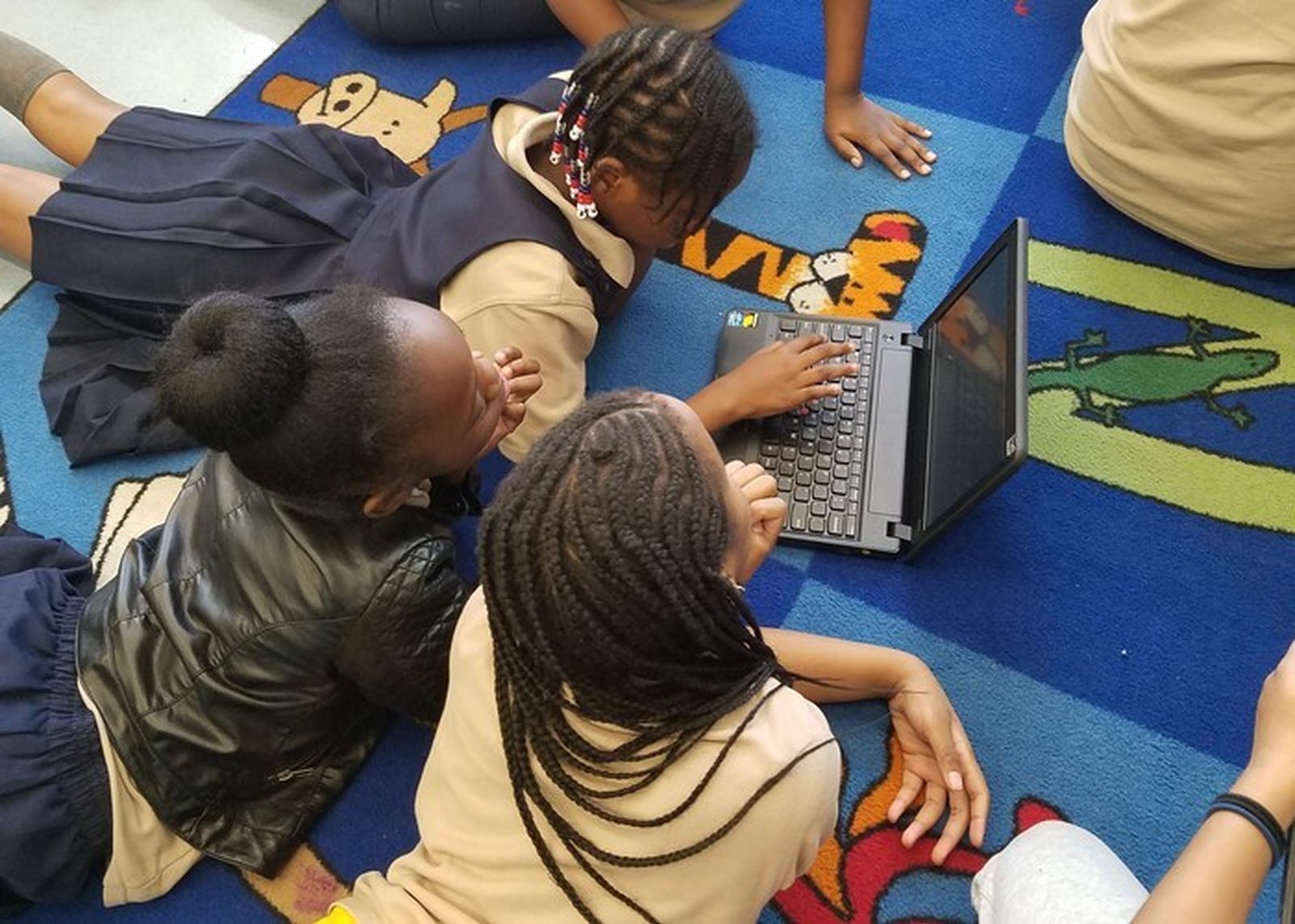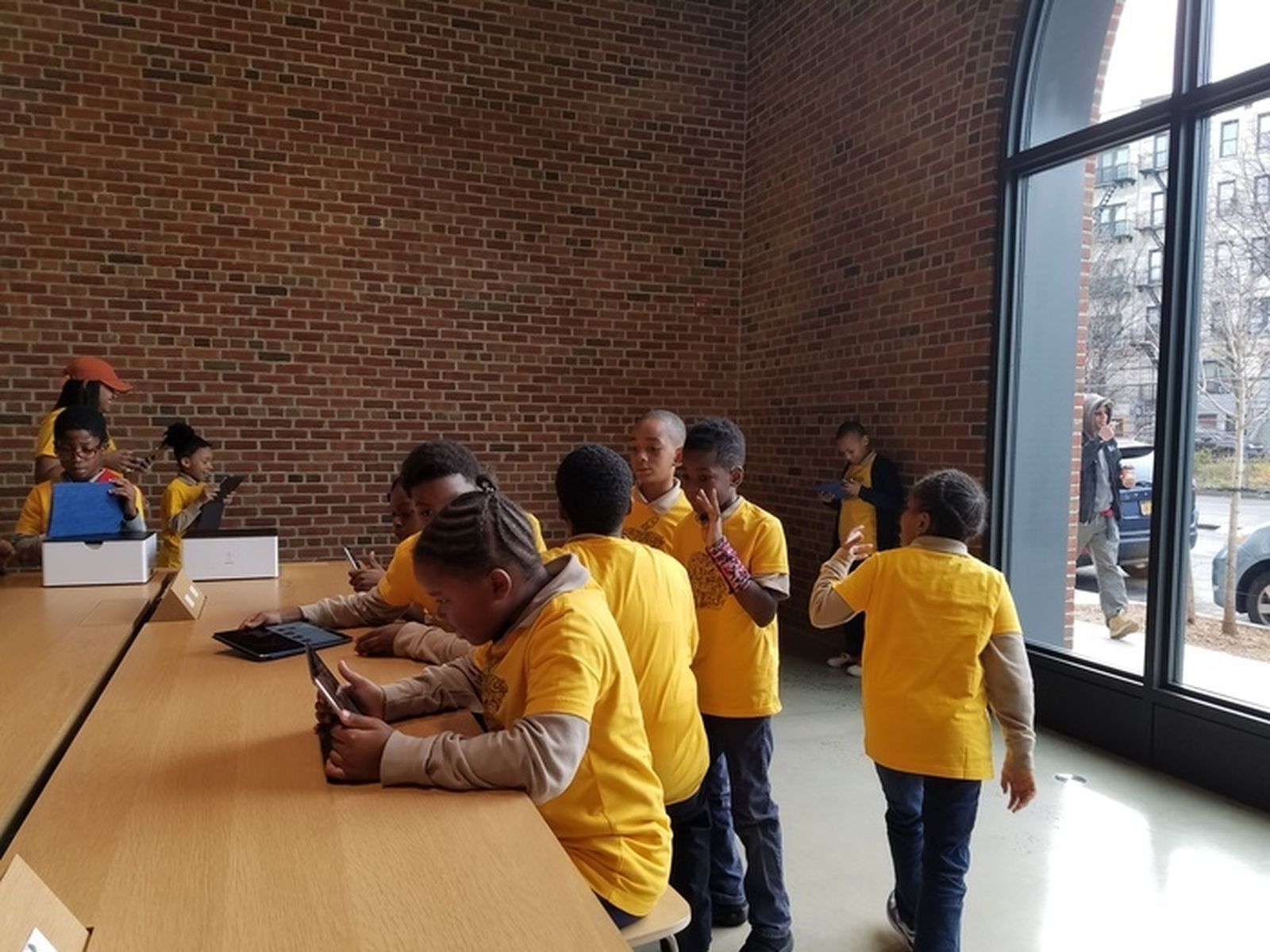"Where will I find the time, resources, support, professional development?"

For me, STEM is a way of thinking – more than just an established integrated set of disciplines.
I was introduced to STEM in elementary school at a career fair. That was the first time I heard about the job of Systems Engineer. I thought that I was well on my way to a revolutionary scientific career.
I never thought that the spark that I had earlier would reignite. However, through a circuitous route of life challenges, I ended up teaching; I am currently a third grade teacher at The Brooklyn Brownstone School (TBBS) located in the Bedford Stuyvesant section of Brooklyn.

A ton of thoughts flood my mind when I think about STEM education. Where will I find the time, resources, support, professional development? How will I be evaluated? With all these questions in mind, the biggest challenge for me is professional development for myself and the work involved in moving from training to application. Did my students get it and can they apply the skills that they have learned?
I never thought of myself as a STEM educator, but I do have a passion for authentic critical thinking skills to be instilled in my students. I have recently been attending more and more workshops related to STEM education to develop my skills in these disciplines.
Instructional Materials
How might we ensure teachers have access to quality STEM instructional materials?
I thought it might be more interesting to hear the perspective of one of my students on STEM education. I interviewed Christopher, a ten-year old boy and vivacious reader of anything Star Wars and Percy Jackson.
What is STEM?
“STEM is Science, Technology, Engineering and Mathematics and I know this because of my sister and my mom always talking about it.”
Do you think that our schools provide STEM education?
“Yes, in a way because of the robotics program that we have. It uses an electronic brain to control a robot. That is the technology and you have make the design for the robot and that’s more of engineering.”

What would you like to see more of in the classroom related to STEM?
“I would like so see more teaching kids how to operate computers and other things. Some kids don’t know how to operate a computer too well.”
Does STEM involve computers only?
“I don’t think the computer is everything in STEM. I think you need logical skills because you have to think of skills in a certain way to get them done. You also have to be creative because you have to work a lot harder to get to the answer. Also, it takes some who know how to use multiple types of technology.”
Imagine a perfect classroom? What would it be like?
“A place where we can do all the subjects on a daily basis. I would like to learn through the discovery process and getting from what was taught. Then I would know, but it would help me infer and put information together.”
I think Christopher understands the basics of STEM in that my students have flexibility and choice - the ability to have options available that are not limited to technological constraints. My students need to be able to think through problems utilizing creative and innovative solutions through their own discovery process. As a teacher, how do I provide these services for my students? I need professional development and support where I can expose my students to that creative process.
I am truly blessed to be able to develop as a professional because of the support of my administrative and the collaborative environment amongst my colleagues.
STEM requires creativity and ingenuity to be integrated in the curriculum. My principal, Ms. Haskins, is amazingly supportive of the need for professional development and the use of strategic partnerships to support classroom instructions. My life as an educator does not feel constricted to what the CCLS standards require – I can be that innovator myself, allowing my students to do the same. My school recognizes that it takes time to evaluate the effectiveness of any new program and it is not a stand-alone item. It must be integrated into all that you do.
However, I have attended many professional development meetings where I am often saddened by the burden placed upon my fellow educators. I have heard complaints about the rigidity of structure that stifles creativity, lack of resources that provide 21st century technology, training with no follow-up as a panacea to cure the “STEM” criteria and most importantly no vision as to the role STEM plays for the students in the school. I am truly blessed to be able to develop as a professional because of the support of my administrative and the collaborative environment amongst my colleagues.
What challenges have you encountered in your career as a STEM Educator?
How can you provide those engaging and interesting opportunities for students so they can utilize these creative critical thinking skills? I think of it as a process called guided inquiry. This year, working with the Scientist-in-Residence Program from the New York Academy of Sciences, our students created an app. I started with a simple question: What problems do you see and how do you think we can solve them? It led to my students creating an app to help donate excess resources (for a third grader that was their kindergarten books and some toys) within our school community. However, this would not be possible without support and training for me as the educator.